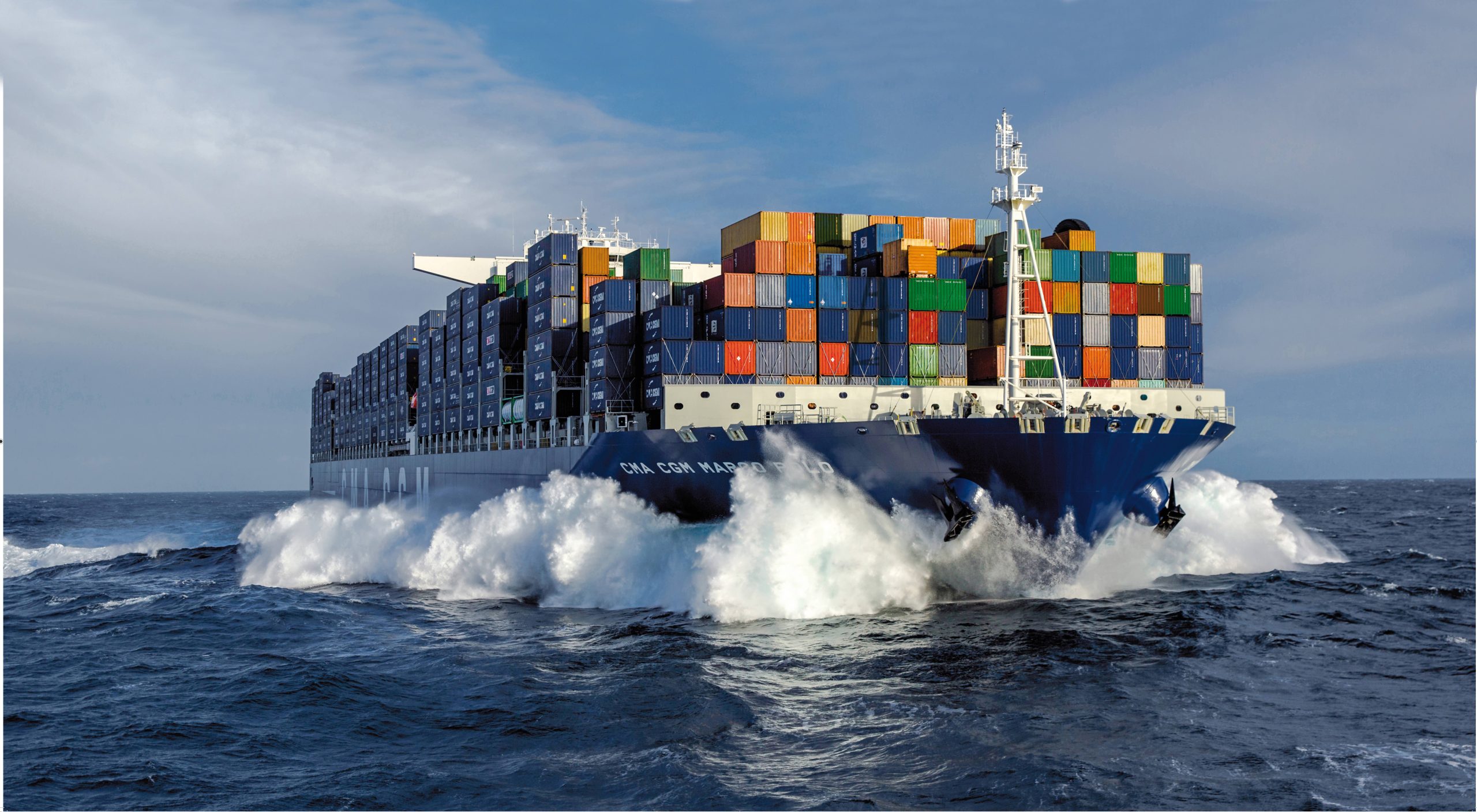Michael Grey*
 One of the advantages (or perhaps disadvantages) of age is an ability to look back and see how custom and practice, behaviour and attitudes, have evolved over the years, mainly, it has to be said, to suit economic criteria. Risk taking has been part and parcel of seafaring since the dawn of time – we still speak of a “marine adventure” – although there are plenty of warnings in our navigation textbooks about how you had “old masters and bold masters,” but very rarely did you meet “old and bold masters.” The inference being that some prudence and caution were to be preferred to downright recklessness, which brought its gruesome reward.
One of the advantages (or perhaps disadvantages) of age is an ability to look back and see how custom and practice, behaviour and attitudes, have evolved over the years, mainly, it has to be said, to suit economic criteria. Risk taking has been part and parcel of seafaring since the dawn of time – we still speak of a “marine adventure” – although there are plenty of warnings in our navigation textbooks about how you had “old masters and bold masters,” but very rarely did you meet “old and bold masters.” The inference being that some prudence and caution were to be preferred to downright recklessness, which brought its gruesome reward.
A master was exhorted by the owner (maybe this is still the case) to prosecute the upcoming voyage with “expedition,” albeit with the caveat that the safety of the ship and all on board should never be compromised. In the company in which I sailed, after joining my first ship in 1956, a master was never criticised for navigational caution, such as delaying an arrival until first light, slowing the ship to avoid damage from slamming or boarding seas, or obeying the rules for navigation in restricted visibility to the absolute letter, even if the tide was missed at the next port. Safety was the cast-iron defence.
You knew that was not the case in other operations. A second mate who had come out of the North Atlantic passenger liners told us that they would slow down only when fog, ice and night coincided. There were companies in which caution was disapproved of and there was an expectation that the ship would arrive on time. We shook our heads sadly at such behaviour.
But over the years, attitudes to what constituted acceptable risk have changed, and not in a way that has been entirely positive. Looking back you can see this erosion of standards as a series of steps, each of which appeared at the time to be questionable, but was accepted, invariably because of pressing economic advantage.
Automatic pilot after dark…
In our company, prudence took something of a knock when Head Office announced to the fleet that after dark the ship would remain on automatic pilot and a night helmsman would be no longer employed. We were appalled, although in retrospect our outrage might seem quaintly ridiculous, but we genuinely saw this as a retrograde, “anti-safety” move. Despite the protests of the masters, it went ahead.
But that was small beer compared with what was happening in the wider world. In the past an owner would build a ship to the dimensions that would comfortably fit into the range of ports in which the ship was expected to trade. Anyone who built a ship that would be too long, deep or wide would be considered quite barmy. But then, somehow the relationship between ports and owners changed – henceforth the owner would announce its intention to build a ship that would be too big to fit the port – so if the port wanted the business, it better get dredging!
There was professional astonishment when it was announced that laden VLCCs would be entering the Port of London, steaming up Sea Reach on the top of the tide, to sit in a dredged hole off the berth at Shellhaven. What might happen if the ship was caught half way, with the tide falling? Then, in the midst of the concern at “super-spills” after the Torrey Canyon, it was revealed that most of these monsters were steaming around with a single boiler, which would leave the vessel helpless in the event of a breakdown.
How do you stop a giant ship in a hurry?
There were no tugs powerful enough to haul them off a lee shore, as the Amoco Cadiz and several incidents off the Cape illustrated. Who remembers the ridiculous and ultimately futile attempts to invent a means of stopping a giant ship in a hurry? One daft idea involved huge doors which would be deployed on each side of the ship to act as a brake. But scaling up shipping was necessary, if the industry was to prosper, so the nay-sayers were promptly shut up.
There were serious concerns about the wisdom of putting containers three high on the foredeck of North Atlantic containerships. A prominent insurer expressed publicly aired doubts about whether the new 2500teu ACT ship then fitting out was “putting too many eggs in one basket.” Think of the level of claims!
It became perfectly acceptable to blast up the Channel in nil visibility at full sea speed. Why have radars been expensively fitted, if not to facilitate such conduct, even if the stick-in-the-mud regulations failed to recognise these modern realities? Ships berthed in marginal weather, because the master would otherwise be censured for unreasonable caution and the gangs had been ordered. Safety envelopes of all kinds shrank, because they could be, not because there had been any proper evaluation as to whether it might be wise to have an escort tug attached when shooting a bridge, or enough tug power on hand when swinging off a berth with half a dozen parked container cranes on the quay.
Shrinking crew numbers
Crew numbers were reduced regardless of what those afloat had to say. Ship sizes grew and crews shrank to such a state that any on-board maintenance was quite impossible. We would repair it all at survey time, was the refrain, and we all knew how that ended up, in the bulk trades during the 80s and 90s. Flags competed with one another to minimise stuffy regulations. The inclination of regulators and class appeared to permit anything new, where in the past they would have erred on the side of caution. If flag state A or class society B did not want to bend the rules, you could shop around and find somewhere more pliable.
It is a never-ending process, with bigger ships in every trade, now with the several known unknowns of new and exciting fuels, de-rated machinery to placate the greens and environmental criteria seemingly elbowing out the primacy of safety at sea. And long after I am dead and gone, I expect some other elderly commentator to be noting some of the ways that caution and prudence have been further eroded during his or her long career. And that, I suppose, is progress.
(Dreamstime photo)
*Michael Grey is former editor of Lloyd’s List. This column is published with the kind permission of The Maritime Advocate.





